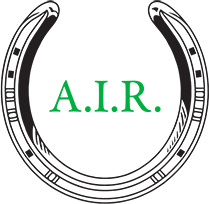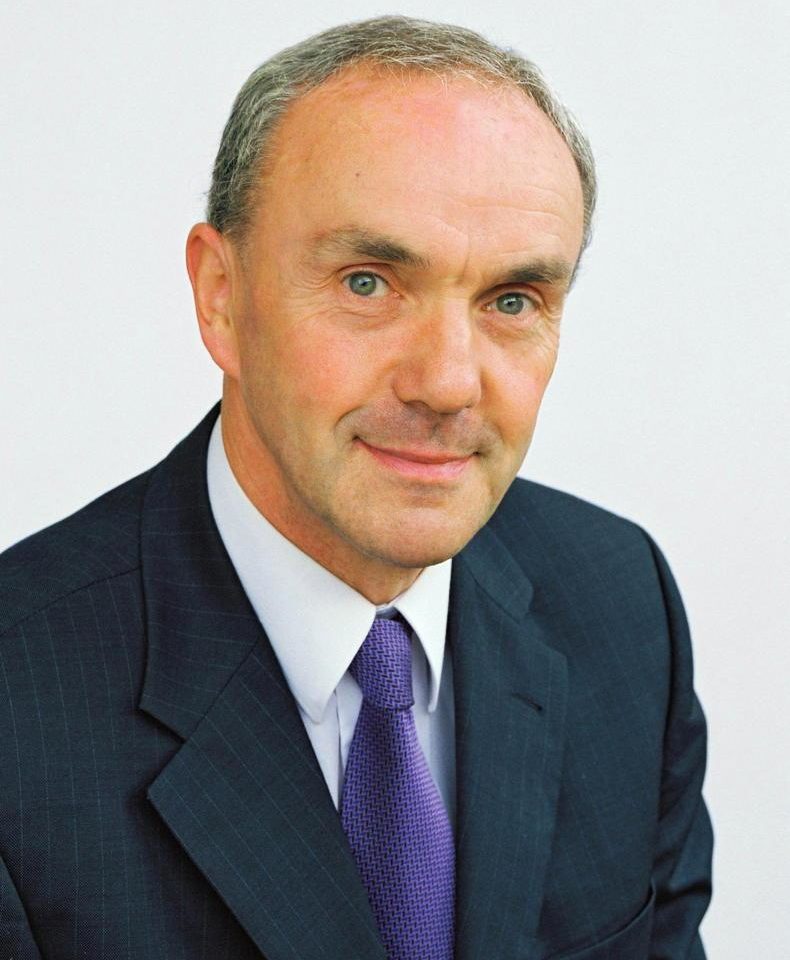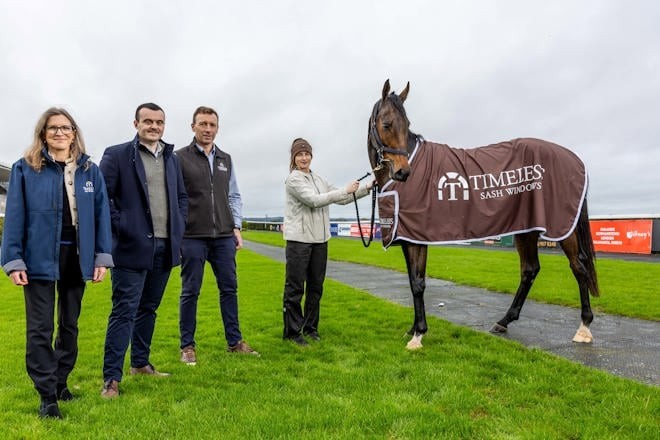Why consultation is the way forward
As we welcome racegoers back to our sport, albeit in limited numbers currently, it is key that our racecourses continue to develop the customer experience enjoyed at our tracks.
The Association of Irish Racecourses represents all 26 racecourses nationwide. Individually, and as a collective, Irish racecourses are working hard to continuously improve the experience of their patrons.
While racing was behind closed doors it gave many of the racecourse personnel the time and space required to reflect on the customer journey, key touchpoints and overall raceday experience at their venues.
Bearing this in mind, the importance of regular communication with the Racegoers Consultative Forum is vital.
Many regular racegoers may not be very familiar with the Racegoers Consultative Forum, so in this week’s AIR column, we’ve decided to focus on that body, and why it is so valuable to our racecourses when refining the offering and service delivered at their tracks.
The country is divided into five distinct geographical regions and each region has a representative or multiple representatives responsible for that particular area and the racecourses it covers. Fourteen representatives include the regional representatives, two ministerial appointees and two nominated student representatives.
The Greater Dublin Region is represented by ministerial appointee Ben Dorney and John Bannon. They are responsible for gathering racegoer ideas and constructive feedback in relation to Bellewstown, Fairyhouse, Kilbeggan, Laytown and Navan racecourses.
Southern regions
The South West Region includes Tipperary, Limerick, Cork, Killarney and Listowel racecourses. David O’Connor, also a ministerial appointee, is the representative for this region. The South East Region includes Clonmel, Gowran Park, Thurles, Tramore and Wexford, where Tom Galway and Mark McGrath are the forum representatives for these racecourses.
The Northern Region covers Downpatrick and Down Royal racecourses and Steven McGuinness is the representative of the forum. Both northern tracks are included in the North East Region also, which includes Dundalk Racecourse, and Eugene Kelly represents the region.
Student representatives Heather Downey and Kara Gabbett are also active members of the forum. They often bring the young racegoers perspective on tracks to meetings, and which is so important for our sport going forward. Attracting new racegoers from an early age is an objective shared among all members of the Association of Irish Racecourses.
Quarterly meets
Forum members meet every quarter with senior executives of Horse Racing Ireland and regular reporting is available to individual racecourses. Representatives that were in situ while racing was behind closed doors were not able to attend or complete their duties fully, so the decision has been made to extend their terms accordingly.
The Association of Irish Racecourse members are welcoming the patrons they have longed to see back at their tracks, which is so uplifting and wonderful to see. It is important to note that facilitating crowds under the current guidelines and restriction requirements comes with a hefty price tag for all our racecourses.
It is also important to say that the racegoers’ initial experience of racing in this interim period, and between closed doors, will be most definitely a different one to the norm. Many racecourse facilities are temporary solutions to ensure patrons safety and meet the necessary guidelines, and allow them to host spectators in the best way that they can with the resources they have available.
Every year members of the Racegoers Consultative Forum vote on the winner of the ‘Racecourse of the Year’ award, which is presented at the Horse Racing Ireland Awards. Always a competitive affair, this year will certainly be interesting given the many examples of innovation and unwavering resilience demonstrated by our racecourses to date.
By Leo Powell



